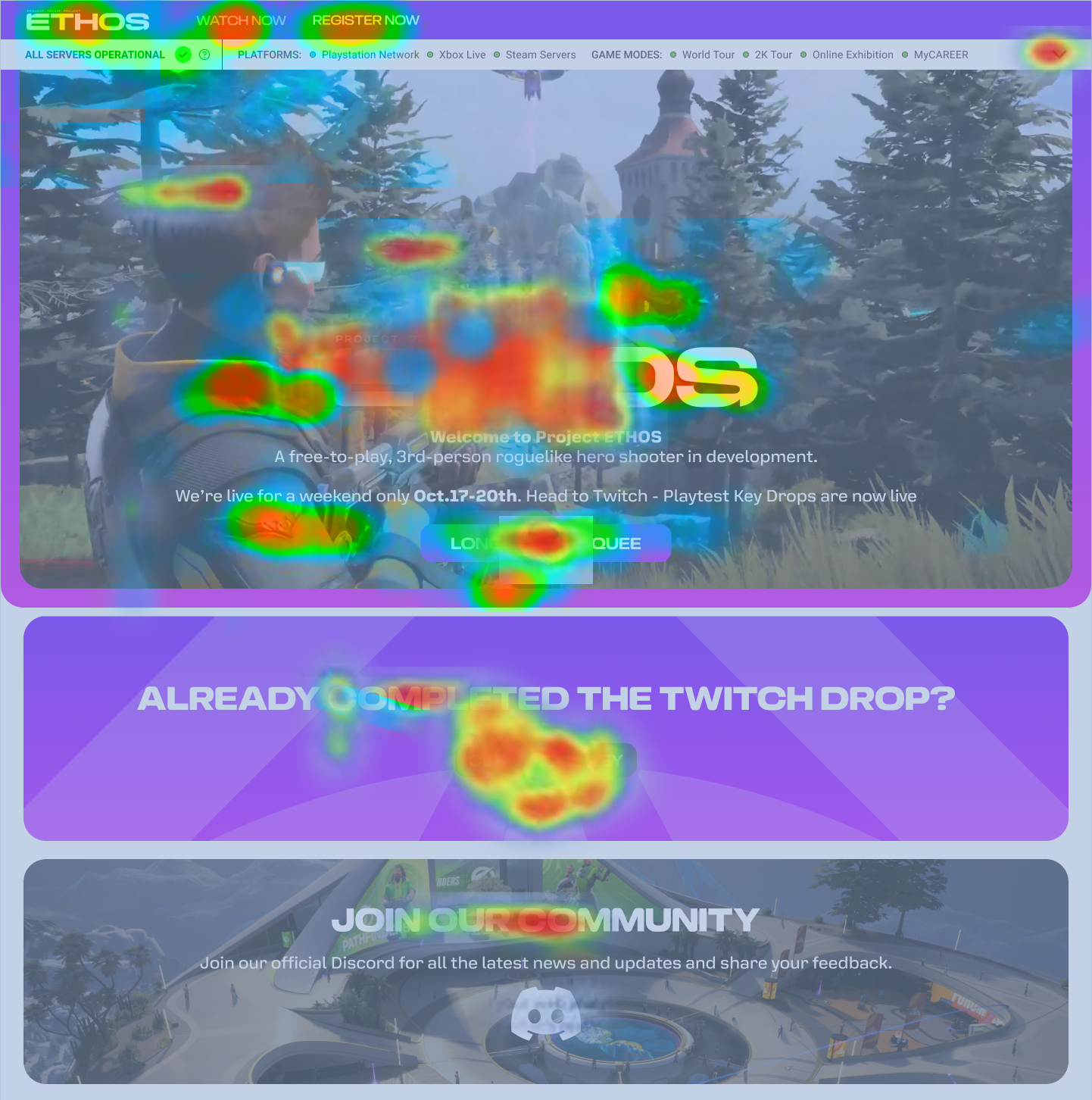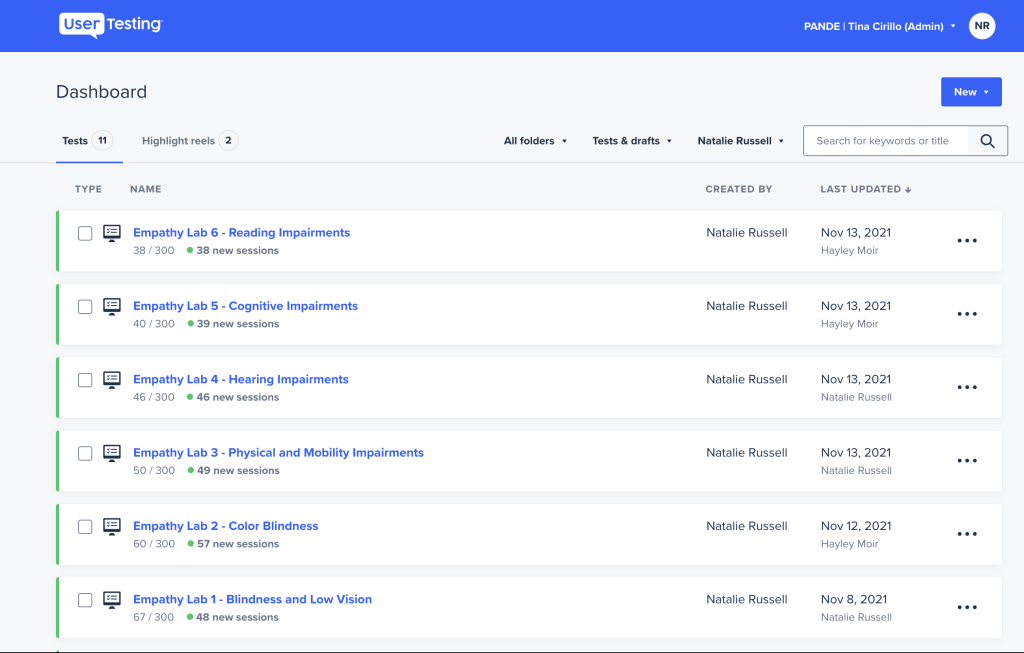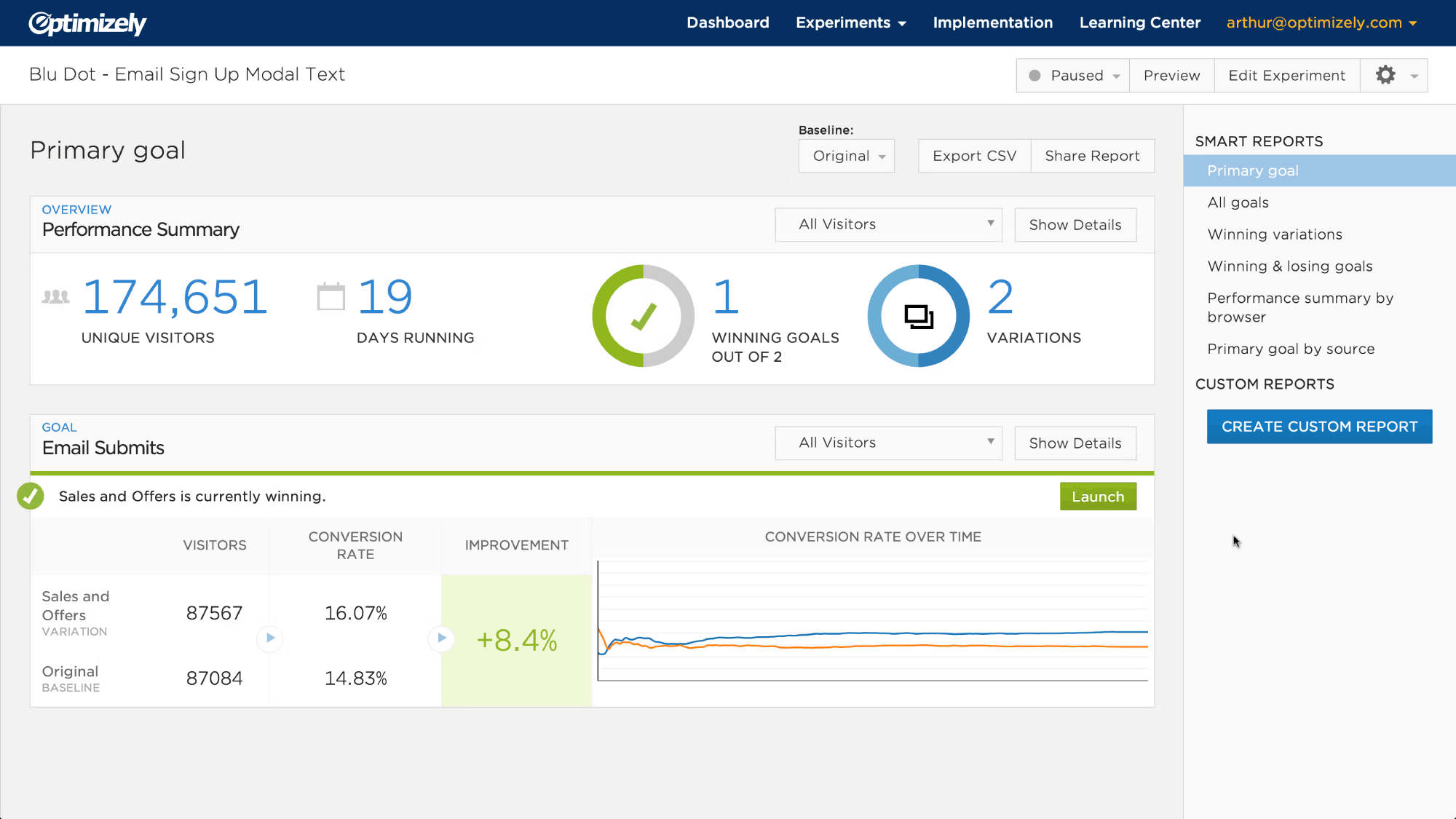




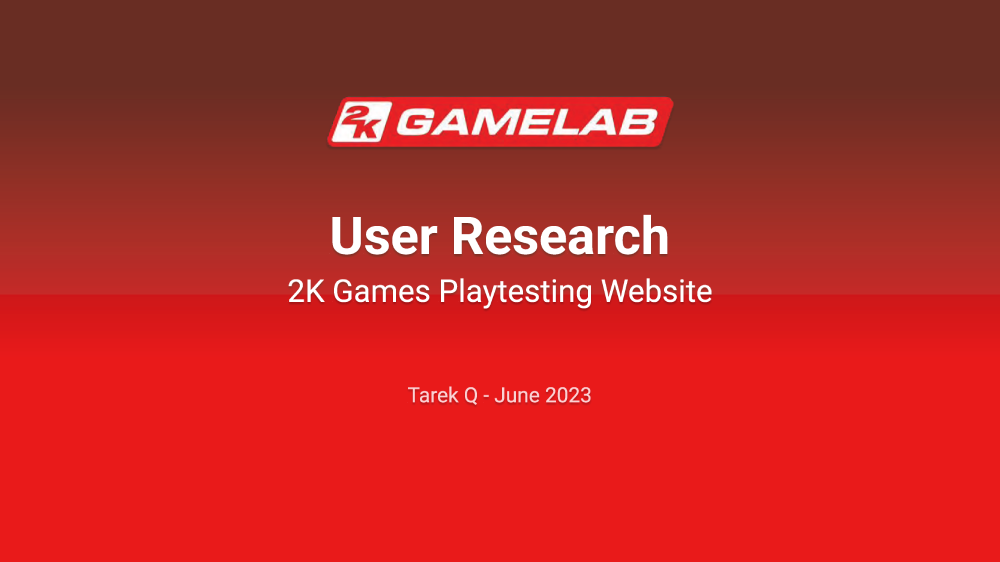 To evaluate the effectiveness of the playtesting platform, a comprehensive user research study was conducted. Surveys were distributed via SurveyMonkey to 500 randomly selected users registered on 2K.com, with 67 responses received from participants spanning diverse age groups and demographics.
To evaluate the effectiveness of the playtesting platform, a comprehensive user research study was conducted. Surveys were distributed via SurveyMonkey to 500 randomly selected users registered on 2K.com, with 67 responses received from participants spanning diverse age groups and demographics.The site felt bare-bones, navigation was confusing, and there wasn’t much value beyond the form. It didn’t feel engaging and wasn’t intuitive, especially for someone new.
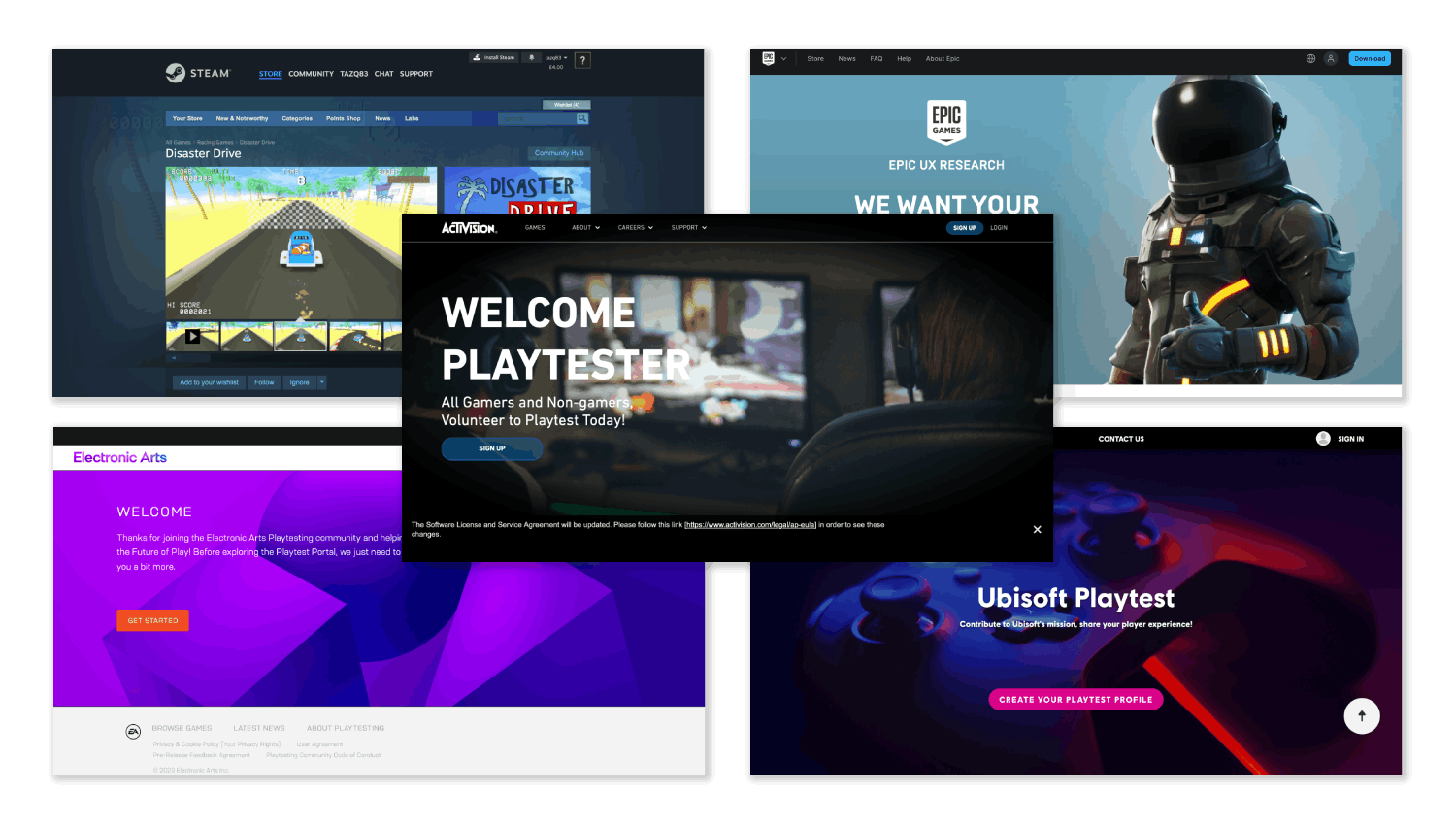
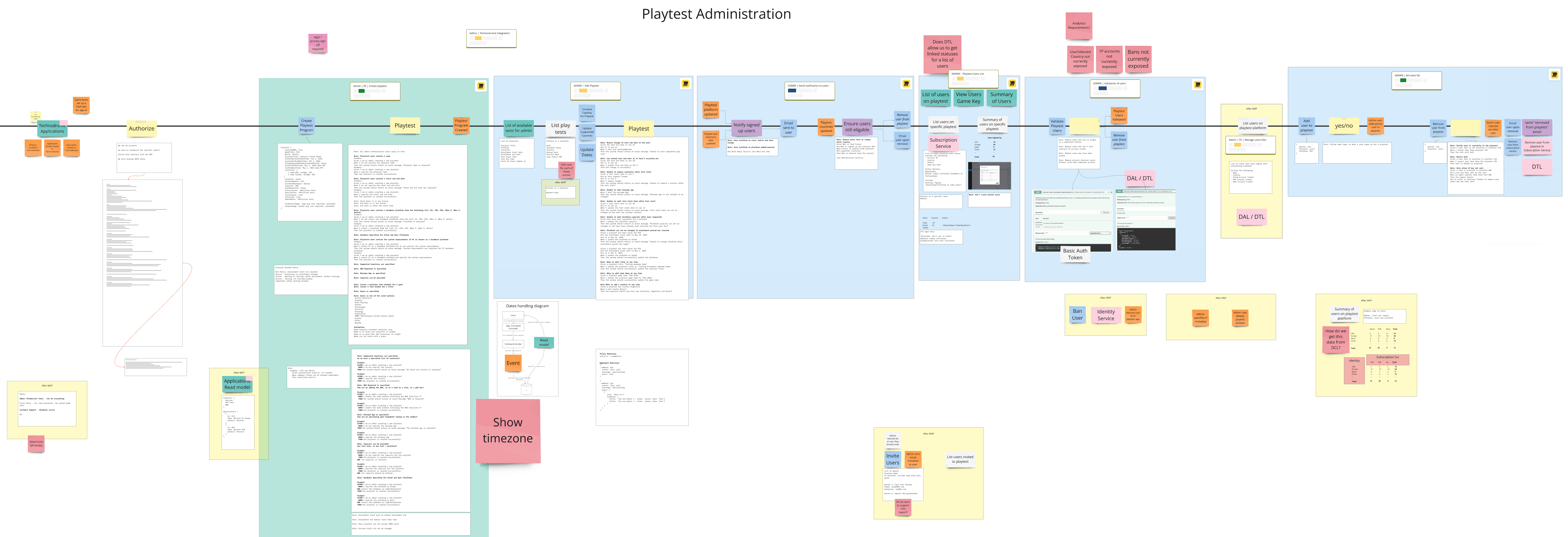
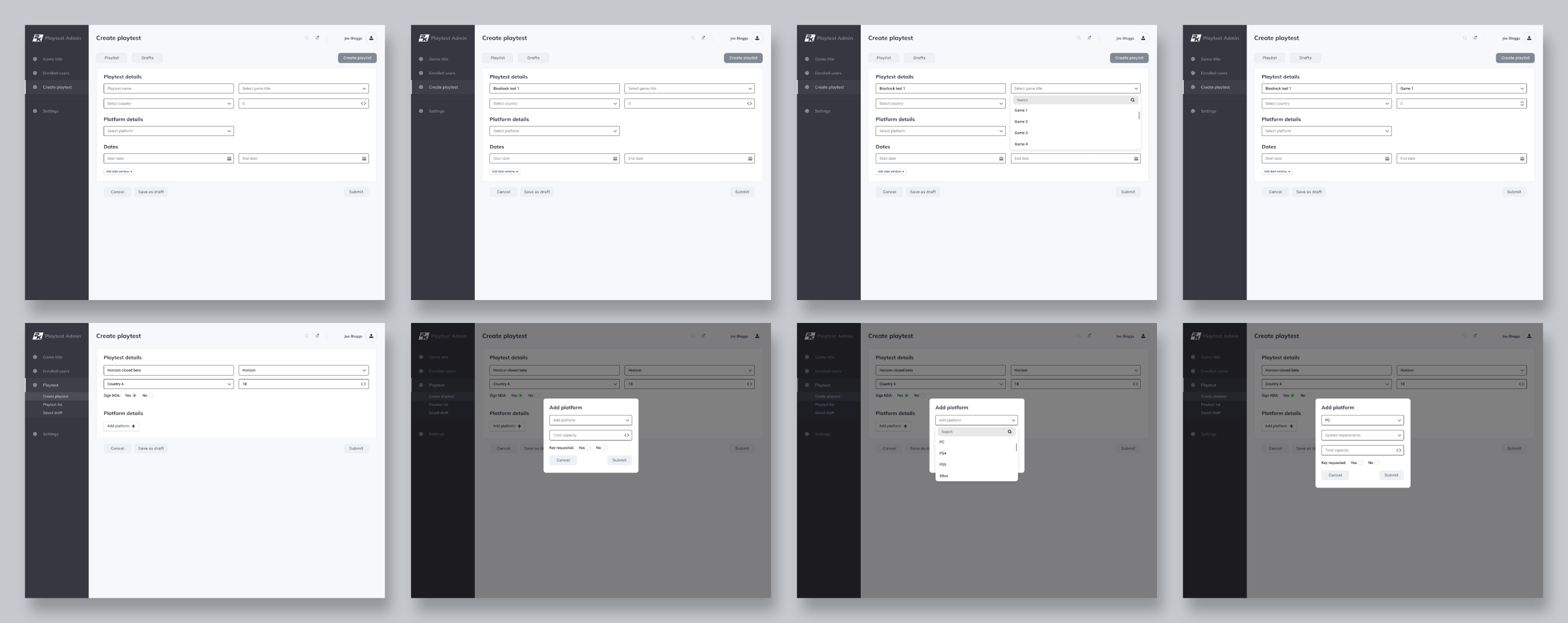
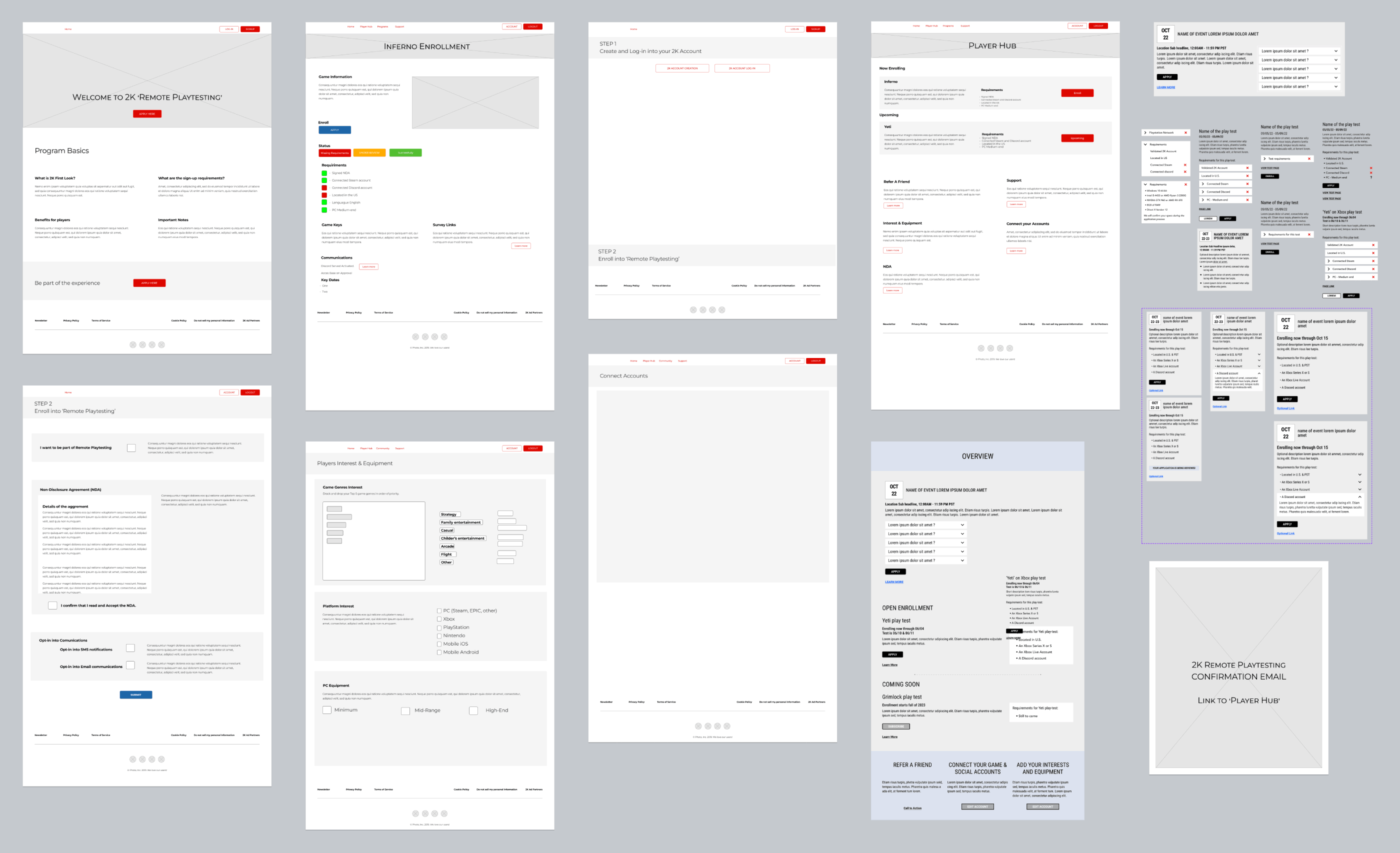

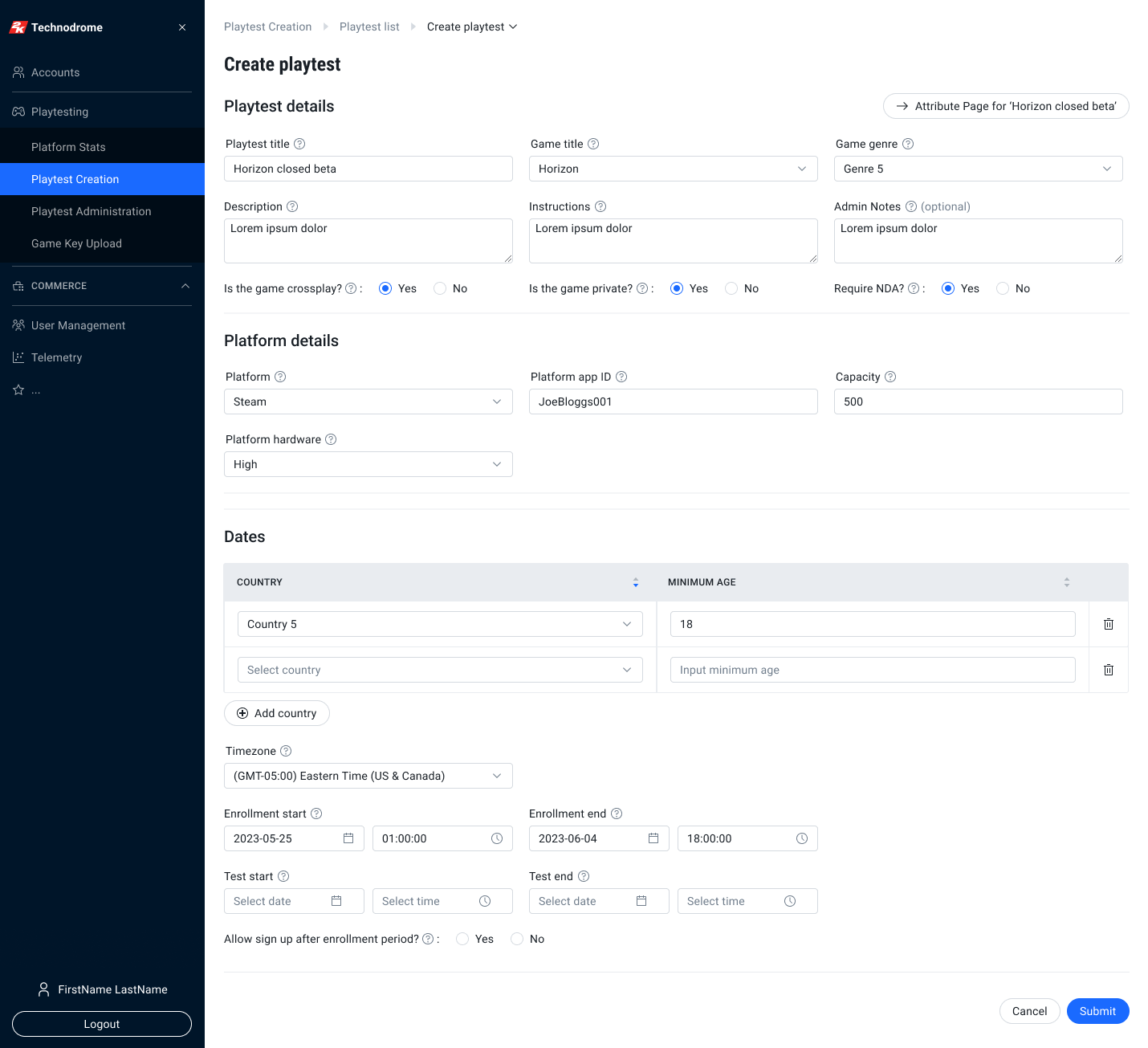 The Administration prototype was created using the Technodrome design system, ensuring visual and functional consistency with the broader ecosystem. However, it quickly became clear that the design system needed to evolve to support more modern UX patterns and component flexibility. This led to the creation of an Updated Technodrome design system. which incorporated revised components and layout improvements.
The Administration prototype was created using the Technodrome design system, ensuring visual and functional consistency with the broader ecosystem. However, it quickly became clear that the design system needed to evolve to support more modern UX patterns and component flexibility. This led to the creation of an Updated Technodrome design system. which incorporated revised components and layout improvements.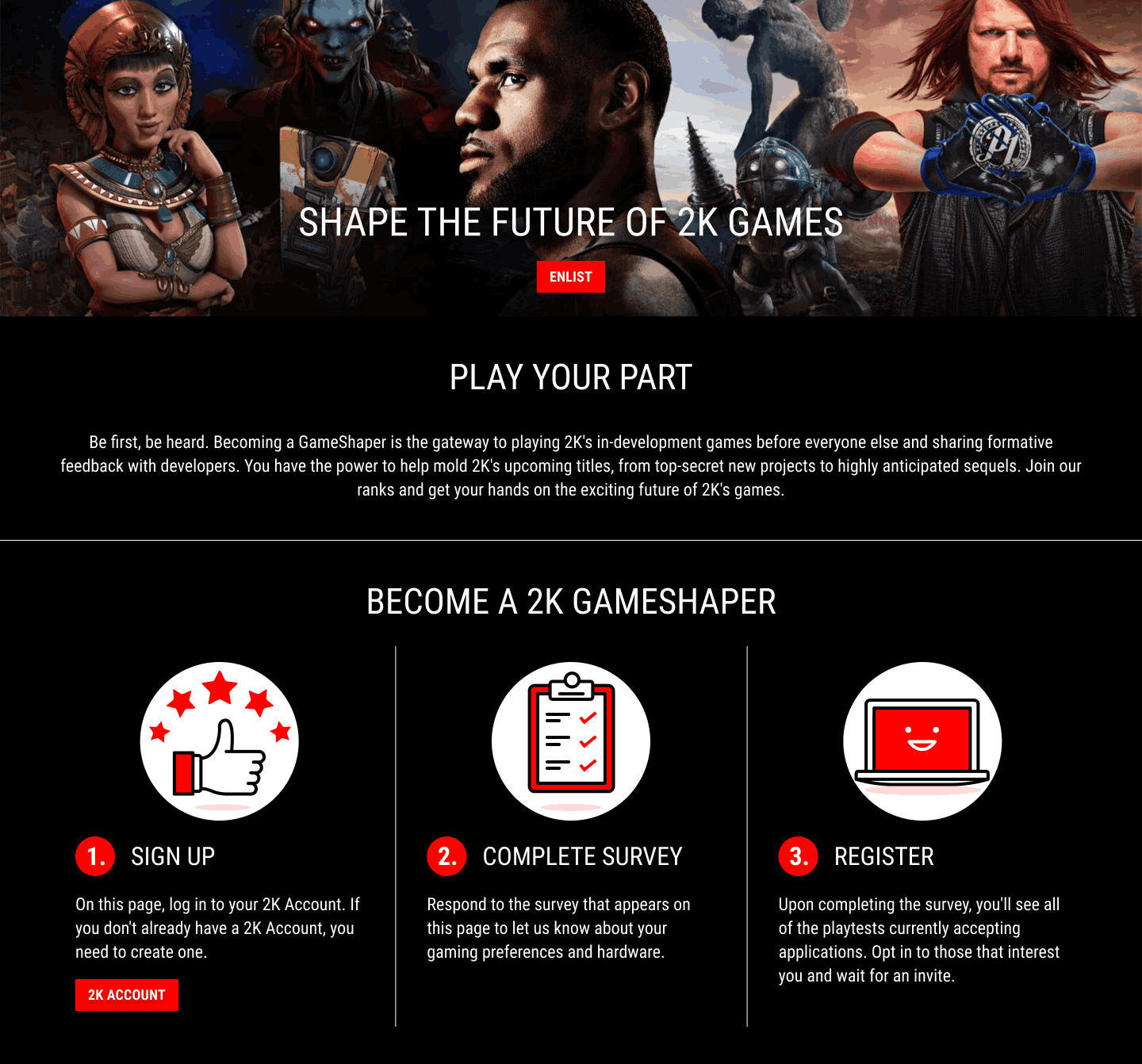 The Enrollment prototype was built using the Beacon Components Library design system, with the goal to introduce users to the playtesting experience, encouraging sign-ups while providing clear information.
The Enrollment prototype was built using the Beacon Components Library design system, with the goal to introduce users to the playtesting experience, encouraging sign-ups while providing clear information.
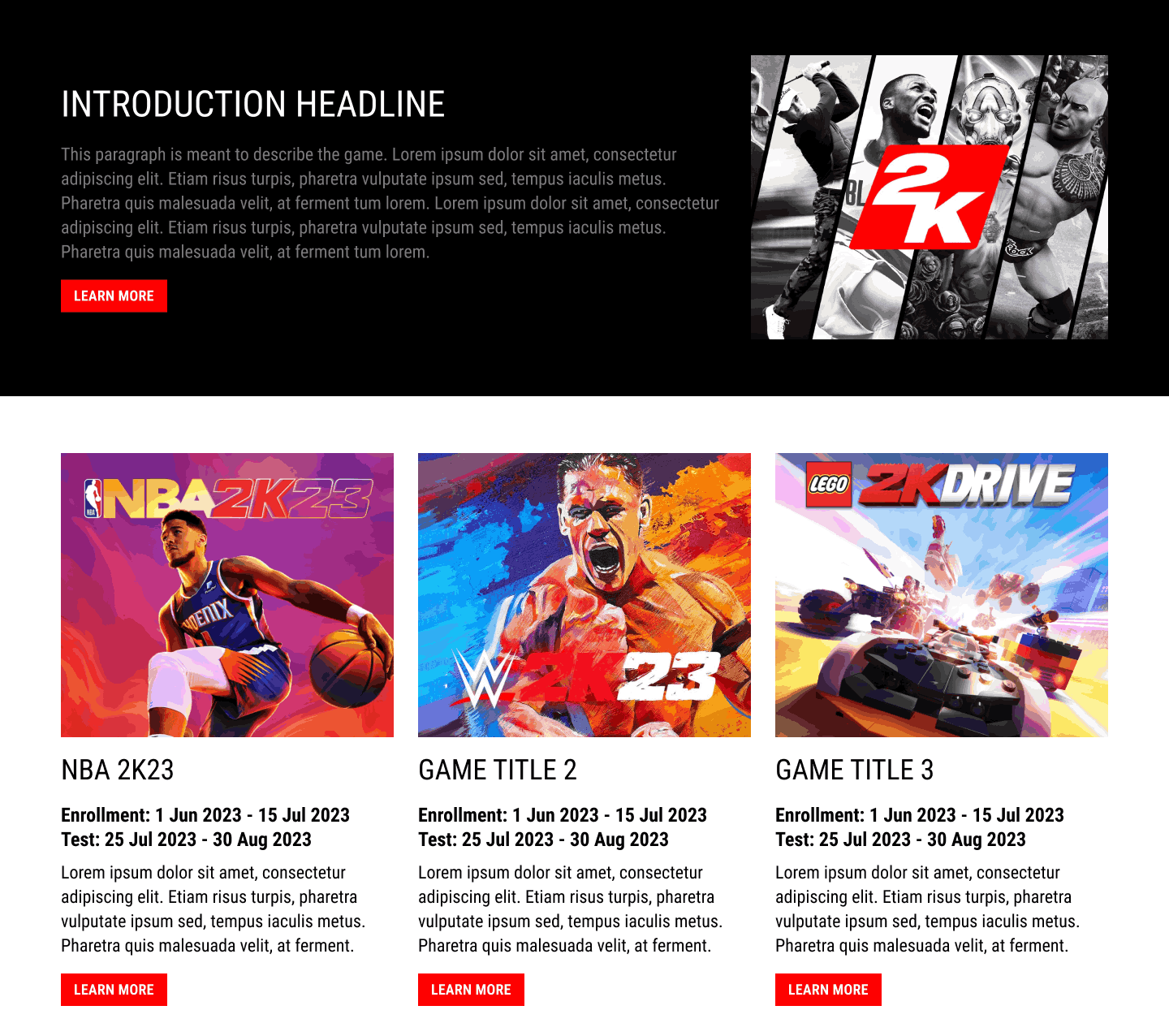 The Registration prototype was designed to streamline the process for users to sign up to specific playtests after completing enrollment.
The Registration prototype was designed to streamline the process for users to sign up to specific playtests after completing enrollment.
 The Key Distribution prototype was built using the Technodrome design system, which focused on managing and distributing game keys for playtest participants, ensuring a seamless and efficient process for administrators.
The Key Distribution prototype was built using the Technodrome design system, which focused on managing and distributing game keys for playtest participants, ensuring a seamless and efficient process for administrators.
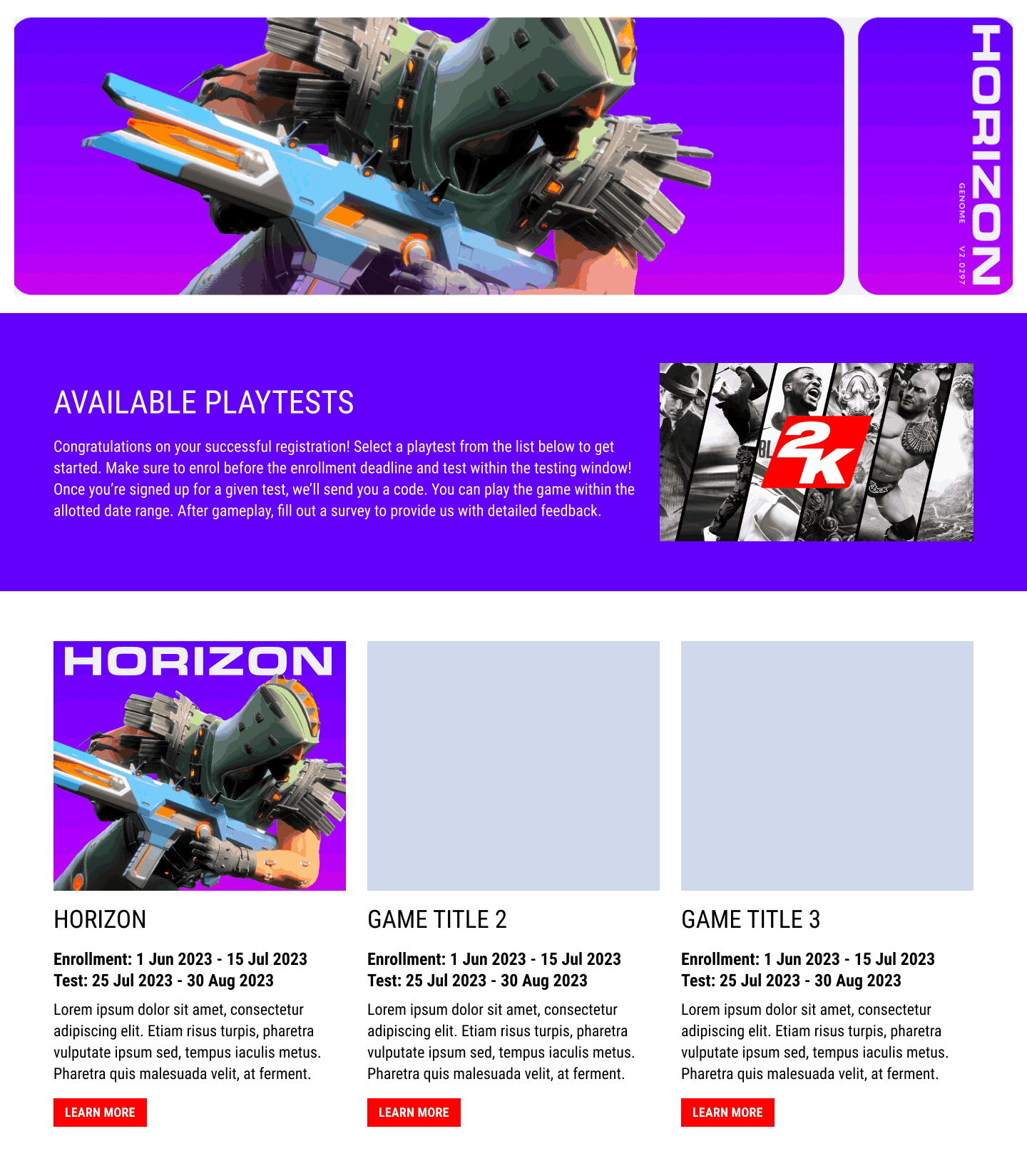 Midway through the project, the decision was made to rebrand the Playtesting Hub as Gameshapers, with Horizon, an upcoming Free-to-Play game title, selected as the first project to launch on the platform. The goal was to create an engaging, visually compelling website that captured the game's essence while providing a seamless user experience.
Midway through the project, the decision was made to rebrand the Playtesting Hub as Gameshapers, with Horizon, an upcoming Free-to-Play game title, selected as the first project to launch on the platform. The goal was to create an engaging, visually compelling website that captured the game's essence while providing a seamless user experience.

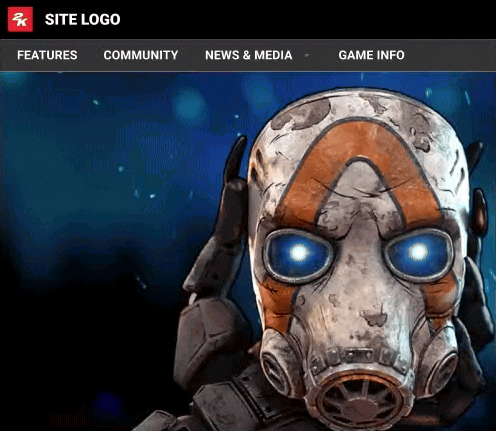 New
New
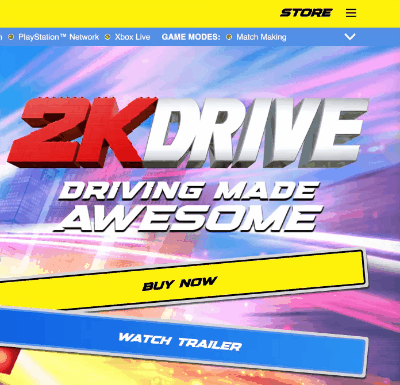 Old
Old
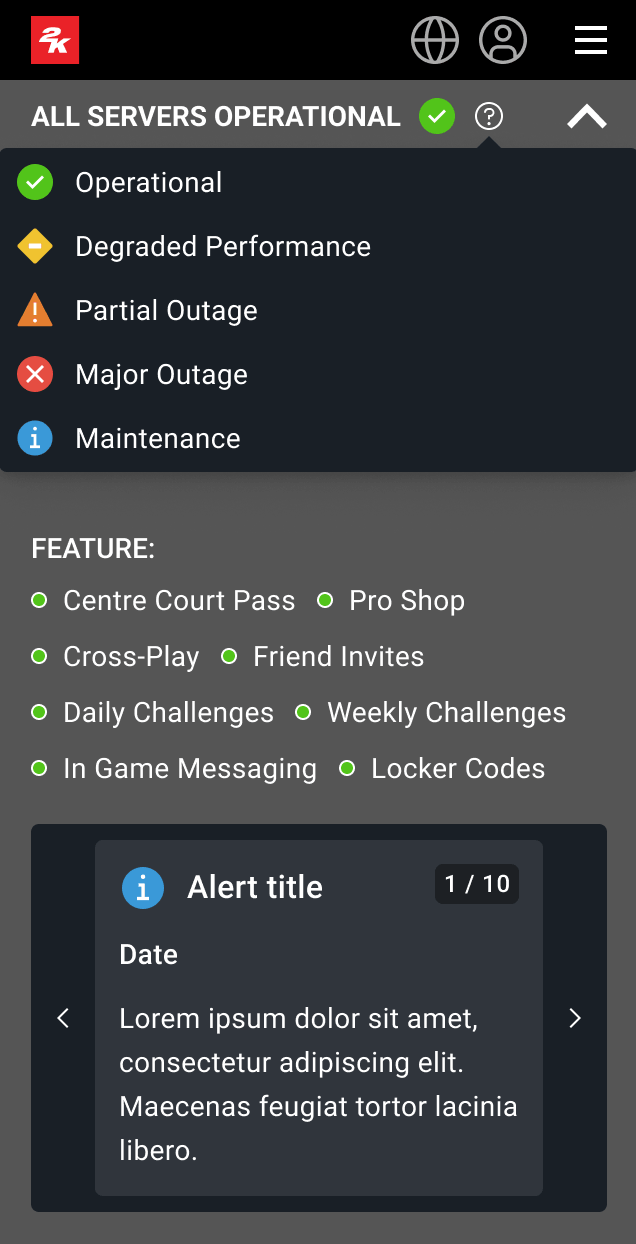 New
New
 Old
Old

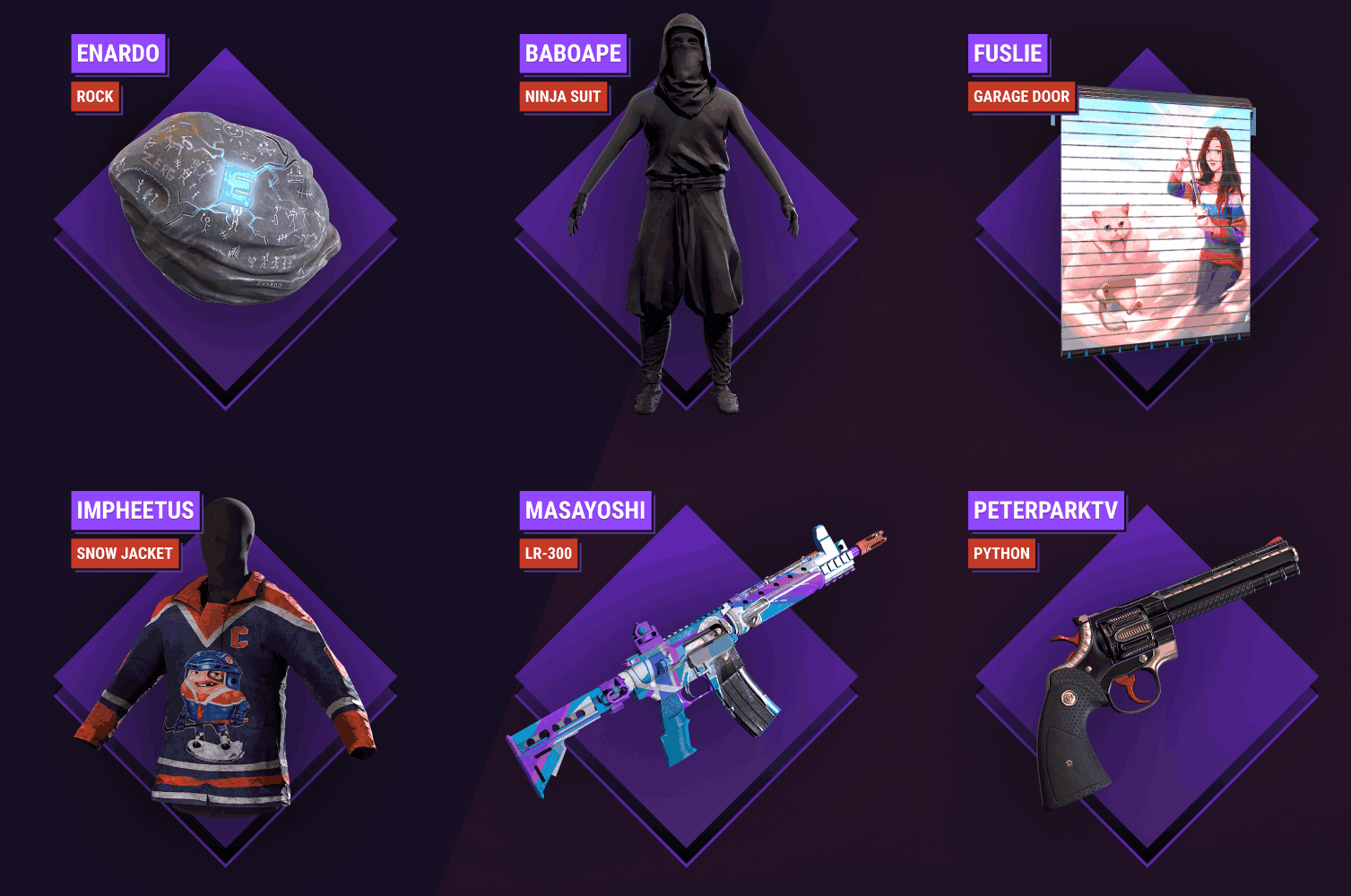

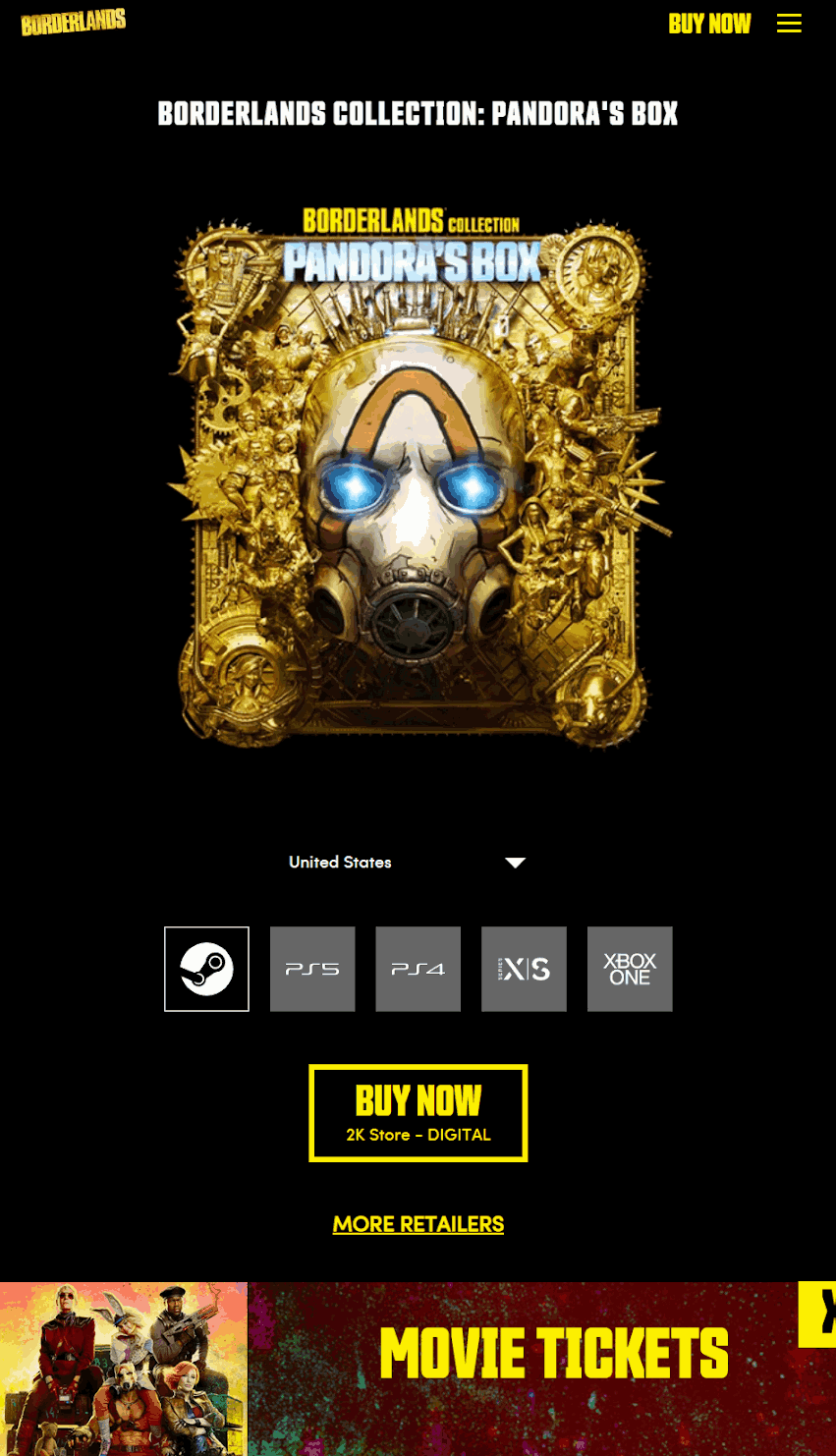
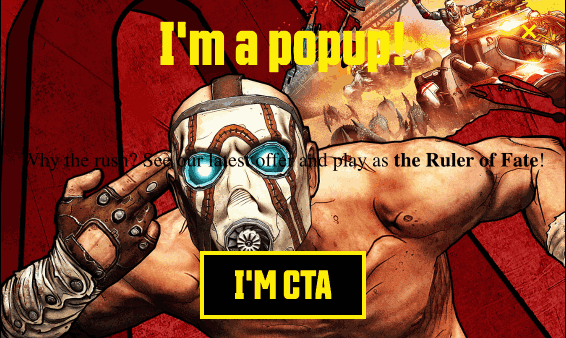

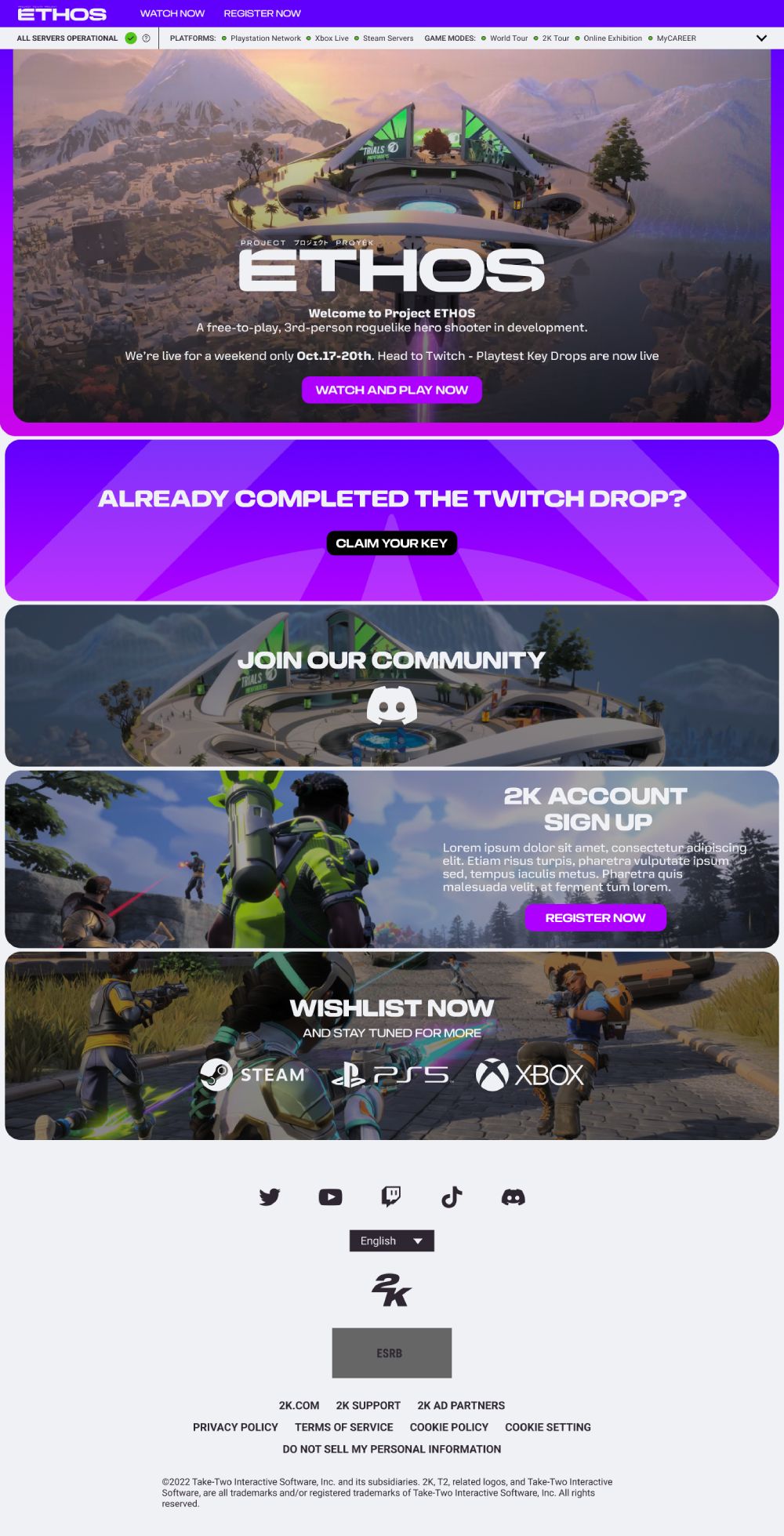
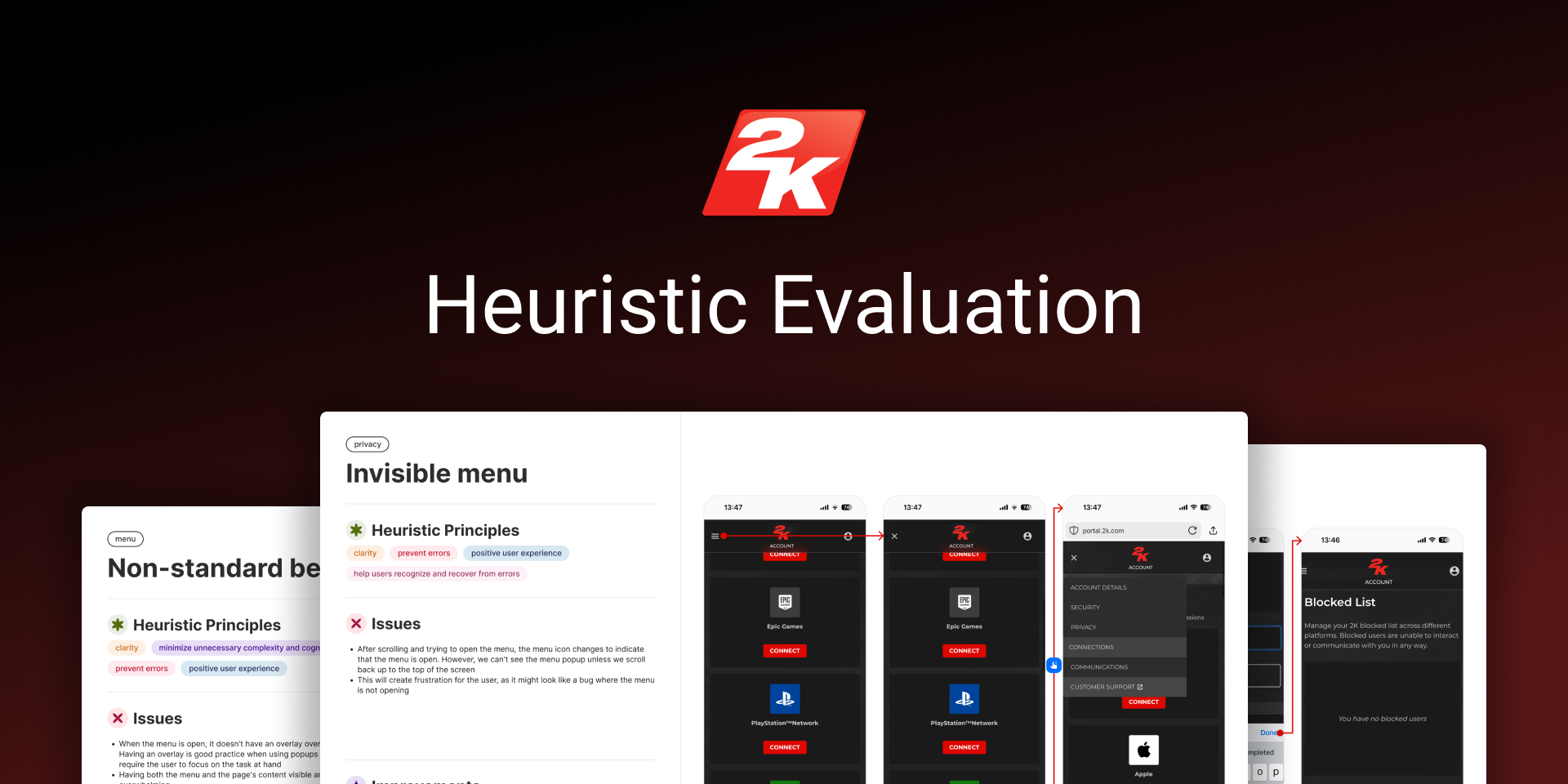 Design Audit
Design Audit